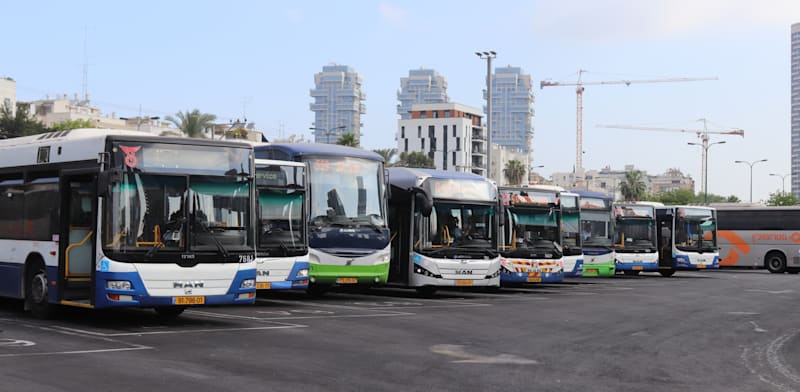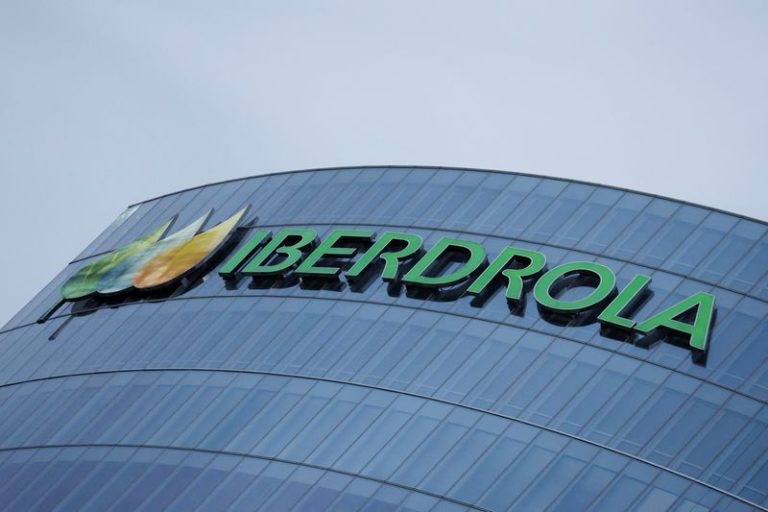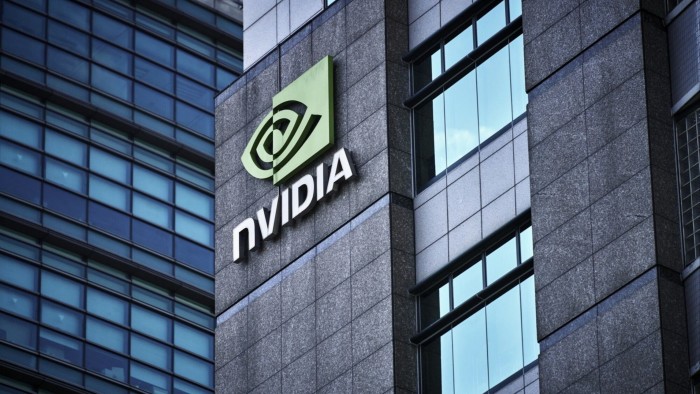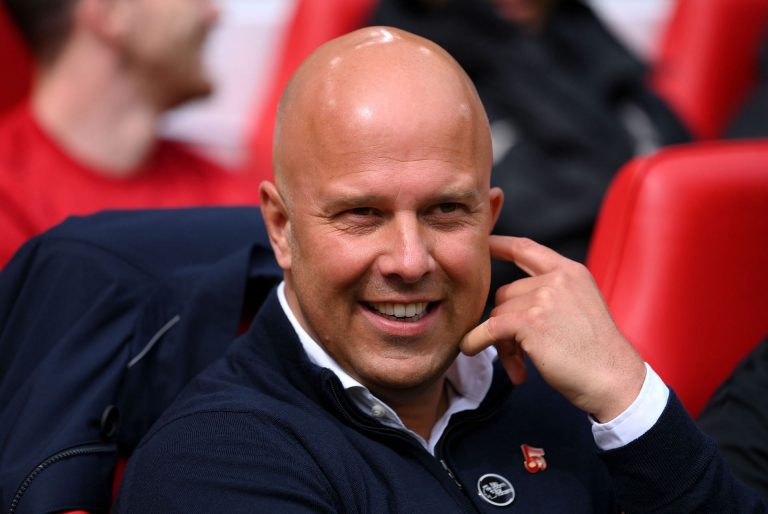
The Ministry of Finance and Ministry of Transport’s fares committee has decided to postpone the public transport fare price hike planned for next week until January. From July 1, public transport fares had been due to complete a 50% rise since April, when the price of a basic journey rose from NIS 6 to NIS 8. Next week the fare was due to rise again to NIS 9.
Every year public transport fares are automatically revised according to the increase in the public transport input index, which consists of wages, insurance, fuel, etc. and this July the fare should have risen by a further NIS 1.
An additional budget source has been found since the start of the Iran war
Last month Minister of Transport Miri Regev asked Minister of Finance Bezalel Smotrich to prevent the fare increase and find an alternative budget source. There would have been no likelihood of funds being found, with the 2025 budget passed, and extra funds needed to expand the war in Gaza.
The 2025 budget already includes discounts for people aged 18-26, free travel for discharged soldiers and discounts for residents of the periphery, and lowering free travel from 75 to 67.
But since then, the war with Iran has broken out and it is clear that the additional fare increase must be postponed. The Ministry of Transport has found a budgetary source of NIS 115 million by cutting public transport services following the Home Front Command’s emergency instructions.
Public transport trips are subsidized by the state by huge amounts that grow every year and have jumped fourfold in the last decade, reaching NIS 14 billion annually. At the same time, money coming in from passengers has fallen and eroded over the years, so that in 2023 the average was NIS 2.7 per trip, compared with NIS 8 in 2004.
Thus, the increased subsidy partly compensated for the erosion in revenue but has not led to an increase in public transport services in a way that would attract passengers to use it. In fact, the state subsidy rate stood at about 90% of the cost of the trip before the recent increase. The Ministry of Finance believed that if they reduced this rate, they would be able to add more services and any additional services would cost less.
This compares with most other OECD countries, where fares are much more expensive and government subsidies are tens of percent less than in Israel. However, in these countries, they did not make do with just frequent bus services, but also established preferential infrastructure for public transport, such as bus lanes and railways. In Israel, the state has only spent NIS 400 million annually on creating bus lanes even though the five-year budget is NIS 6 billion.
Published by Globes, Israel business news – en.globes.co.il – on June 22, 2025.
© Copyright of Globes Publisher Itonut (1983) Ltd., 2025.







